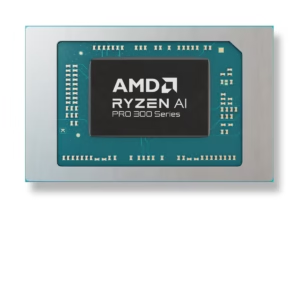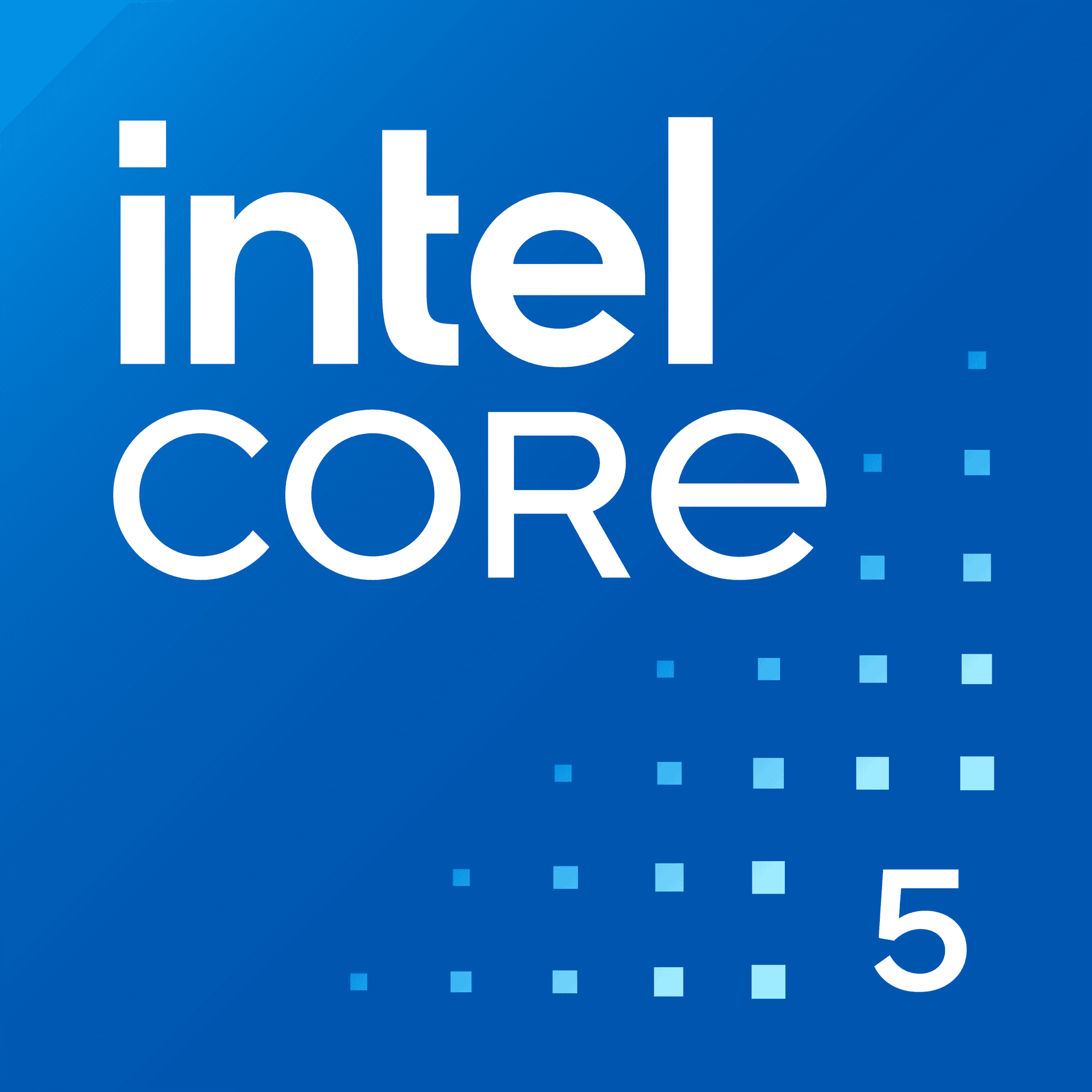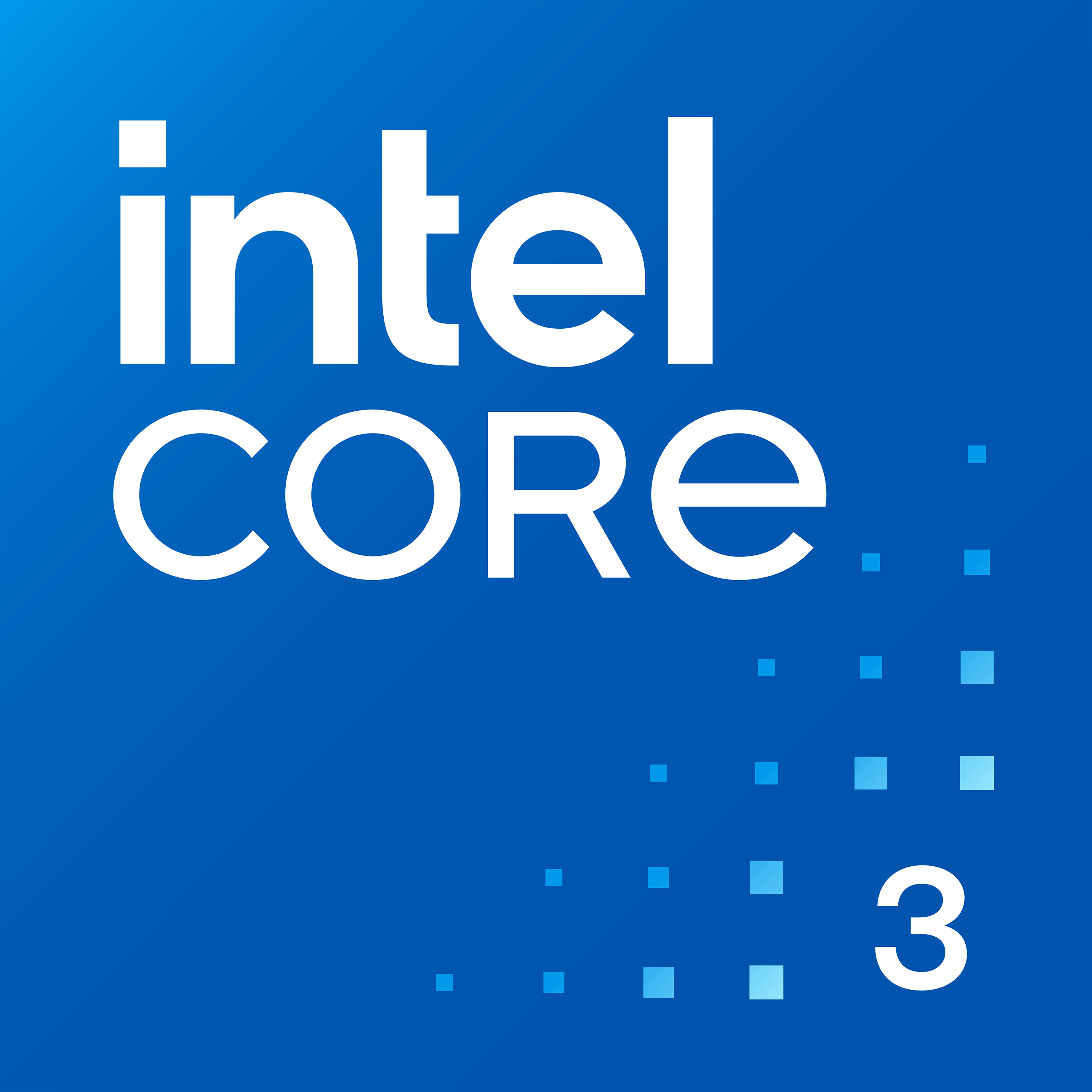Gadgetviza » Processors » AMD Ryzen AI 7 PRO 350
AMD Ryzen AI 7 PRO 350

Key Details for AMD Ryzen AI 7 PRO 350
- memory
Total Core No.
8 - screenshot_monitor
Max. Frequency
5 Ghz - width_normal
Technology
TSMC 4nm FinFET - storage
No of Threads
16 - developer_board
iGPU
AMD Radeon 860M - hub
NPU
AMD Ryzen AI
Related Processor

























Compare Related Processor
Detail Specification of AMD Ryzen AI 7 PRO 350
General | |
|---|---|
Brand?The manufacturer or company that produces the processor, such as Intel or AMD. The brand often signifies the processor's architecture and overall quality. | AMD |
Code Name?An internal name used by the manufacturer during the development of a processor architecture. It often indicates the generation or specific design of the processor. | Krackan Point |
Series Name?The marketing name given to a specific family of processors within a brand's lineup, such as Intel Core i7 or AMD Ryzen 5. Series names help categorize processors based on performance and target market. | AMD Ryzen AI PRO 300 |
Model Name?The marketing name given to a specific family of CPUs within a brand's lineup, such as 'Intel Ultra 5' or 'Intel Ultra 7'. Model names help categorize CPUs based on performance and target market. | 7 PRO 350 |
Instruction Set?The set of commands that a processor understands and can execute. Different instruction sets support varying levels of performance and compatibility with software. | x86-64 |
Launch Date | 01/2025 |
Vertical?The intended market segment or use case for the processor, such as desktop, laptop, server, or embedded systems. It indicates the processor's design and features tailored for specific applications. | Laptop |
CPU | |
|---|---|
Total No. of Cores?The total number of physical processing units within the processor. More cores allow the processor to handle multiple tasks simultaneously, enhancing multitasking performance. | 8 |
No. of P-Cores?The number of Performance cores (P-cores) within the processor. P-cores are designed for high-performance tasks and demanding applications. | 4 |
P-Cores Base Frequency?The standard operating speed of the Performance cores (P-cores), measured in gigahertz (GHz). It indicates the P-cores' baseline performance level. | 2 Ghz |
P-Cores Boost Frequency?The maximum speed a P-core can reach under heavy load, measured in gigahertz (GHz). It represents the P-cores' peak performance capability. | 5 Ghz |
No. of E-Cores?The number of Efficiency cores (E-cores) within the processor. E-cores are designed for power efficiency and handling background tasks. | 4 |
E-Cores Base Frequency?The standard operating speed of the E-cores, measured in gigahertz (GHz). It indicates the E-cores' baseline performance level. | 2 Ghz |
E-Cores Boost Frequency?The maximum speed an E-core can reach under heavy load, measured in gigahertz (GHz). It represents the E-cores' peak performance capability. | 3.5 Ghz |
No. of Threads?The number of virtual processing units a core can handle simultaneously. Threads enable a single core to process multiple instruction streams, enhancing efficiency. | 16 |
L1 Cache?The smallest and fastest cache memory level, located closest to the processor cores. It stores frequently accessed data for rapid retrieval. | 80KB (per core) |
L2 Cache?A mid-level cache memory that provides a larger storage capacity than L1 cache. It stores data that is less frequently accessed than L1 but more frequently than L3. | 8 MB |
L3 Cache?The largest and slowest cache memory level shared by all processor cores. It stores data that is less frequently accessed than L2 but still needed for efficient operation. | 16 MB |
Multiplier?A factor that determines the processor's clock speed by multiplying the base clock frequency. It influences the overall operating speed of the processor. | 20x |
Unlocked Multiplier?Indicates that the processor's multiplier can be adjusted, allowing for overclocking to increase performance beyond the default specifications. | No |
Perfomance Score | |
|---|---|
Cinebench R23 (Single core)?Measures a CPU's single-core performance using Cinema 4D's rendering engine | 1753 |
Cinebench R23 (Multi core)?Multi-Core: Evaluates a CPU's multi-core performance, utilizing all cores for rendering | 13012 |
Cinebench 2024 (Single Core)?Tests single-core efficiency using Redshift rendering engine | 98 |
Cinebench 2024 (Multi Core)?Assesses multi-core performance with Redshift rendering over a 10-minute test | 857 |
Geekbench 6 (Single Core)?Benchmarks a CPU's single-threaded performance in real-world tasks | 2458 |
Geekbench 6 (Multi Core)?Measures multi-core processing power across various workloads | 12038 |
Package | |
|---|---|
Technology?The process used to create the processor, measured in nanometers (nm). Smaller manufacturing processes typically result in more efficient and powerful processors. | TSMC 4nm FinFET |
Base Power Consumption?The typical power consumption of the processor under normal operating conditions, measured in Watts (W). It indicates the processor's energy efficiency. | 15 watt |
Max. Power Consumption?The maximum amount of power the processor can consume under heavy load, measured in Watts (W). It represents the processor's peak power usage. | 54 watt |
Socket?The physical interface on the motherboard where the processor is installed. The socket type determines compatibility between the processor and motherboard. | FP8 |
Max. Temperature?The maximum safe operating temperature for the processor, measured in degrees Celsius (°C). Exceeding this temperature can lead to performance degradation or damage. | 100 �C |
IGPU | |
|---|---|
IGPU Name?The specific name given to the integrated Graphics Processing Unit (IGPU) by the processor manufacturer. It identifies the IGPU's architecture and capabilities. | AMD Radeon 860M |
Boost Frequency?The maximum speed the IGPU can reach under heavy graphics load, measured in megahertz (MHz). It represents the IGPU's peak graphics performance. | 3000 MHz |
Shading Units?The number of processing units within the IGPU responsible for rendering graphics. More shading units generally result in better graphics performance. | 512 |
TMUs?Texture Mapping Units (TMUs) are processing units within the IGPU that apply textures to 3D surfaces. More TMUs improve the realism and detail of rendered graphics. | 32 |
ROPs?Render Output Units (ROPs) are processing units within the IGPU that handle the final stage of rendering, converting pixel data into an image. More ROPs improve the frame rate and image quality. | 16 |
Execution Units?The number of parallel processing cores within the IGPU. These units execute graphics instructions, and a higher number typically indicates better graphics performance. | 8 |
IGPU Power?The overall graphics processing capability of the integrated GPU. This is measured by how well it can handle graphical tasks, such as video playback and light gaming. | |
NPU | |
|---|---|
NPU Name?The specific name given to the Neural Processing Unit (NPU) by the processor manufacturer. It identifies the NPU's architecture and AI processing capabilities. | AMD Ryzen AI |
NPU TOPS?The processing power of the NPU, measured by how fast it can perform AI and machine learning operations. Higher NPU performance leads to faster AI-powered features. | 50 TOPS |
Display & Memory Support | |
|---|---|
Memory Support?The types and speeds of RAM that the processor is compatible with. It specifies the maximum amount and speed of RAM that can be used with the processor. | DDR5-5600, LPDDR5x-8000 |
Max. Display Resolution Support?The highest resolution that the processor's integrated graphics or the processor in conjunction with a dedicated GPU can output to a display. It indicates the maximum visual fidelity the processor can support. | 7680x4320 @ 60Hz |
Features | PCIe 4, USB 4, XDNA 2 NPU (50 TOPS), AES , AMD-V , AVX , AVX2 , AVX512 , FMA3 , MMX-plus , SHA , SSE , SSE2 , SSE3 , SSE4.1 , SSE4.2 , SSE4A , SSSE3 , x86-64 |
Product Link | AMD |
Overview: AMD Ryzen AI 7 PRO 350 Processor
The AMD Ryzen AI 7 PRO 350, part of the Zen 5 “Krackan Point” architecture, is a powerhouse designed to handle medium to heavy workloads. Whether you’re multitasking, creating complex designs, or diving into immersive gaming, this processor offers the right blend of raw performance, advanced graphics, and AI-driven capabilities, making it perfect for professionals, gamers, and creators alike.
Processor Features and Specifications
Core Configuration and Performance
- Total Cores: 8 (4 Performance Cores (P-Cores) + 4 Efficiency Cores (E-Cores))
- P-Cores:
- Base Frequency: 2 GHz
- Boost Frequency: 5 GHz
- E-Cores:
- Base Frequency: 2 GHz
- Boost Frequency: 3.5 GHz
- P-Cores:
The hybrid core setup ensures this processor excels in resource-intensive tasks, from multitasking complex applications to powering creative workflows.
Radeon 860M Integrated Graphics
- Boost Frequency: 3000 MHz
- Shading Units: 512
- Texture Mapping Units (TMUs): 32
- Raster Operations Pipelines (ROPs): 16
The Radeon 860M Graphics provide fluid visuals and exceptional rendering power for demanding creative applications and advanced gaming scenarios.
Memory and Display Compatibility
- Memory Support: DDR5-5600, LPDDR5x-8000
- Maximum Display Resolution: 7680×4320 @ 60Hz
The robust memory support and 8K resolution capability allow professionals to work across multiple high-resolution displays and media projects effortlessly.
Energy Efficiency and Thermals
- Base Power Consumption: 15 watts
- Maximum Power Consumption: 54 watts
Engineered with TSMC’s 4nm FinFET technology, this processor ensures optimal thermal management and efficiency while handling intense workloads.
AI Capabilities
- Neural Processing Unit (NPU): AMD Ryzen AI
- Performance Power: 50 TOPS
The AMD Ryzen AI engine boosts productivity and adapts to user needs, enabling intelligent software optimization, real-time decision-making, and enhanced performance.
Where the AMD Ryzen AI 7 PRO 350 Thrives
1. High-Performance Creative Laptops
This processor shines in handling demanding workflows such as video editing, 3D modeling, and digital content creation with ease and precision.
2. Gaming Excellence
Powered by Radeon 860M Graphics, this chip supports advanced gaming setups, offering smooth gameplay and immersive visuals for modern games.
3. Multitasking and Professional Workloads
Its core configuration and AI capabilities make it ideal for heavy multitasking, allowing users to run multiple resource-intensive applications simultaneously.
4. Smarter, AI-Powered Applications
With AMD Ryzen AI, the processor takes productivity tools and AI-enhanced applications to new heights, enabling intelligent system optimization and responsiveness.
Updated:
